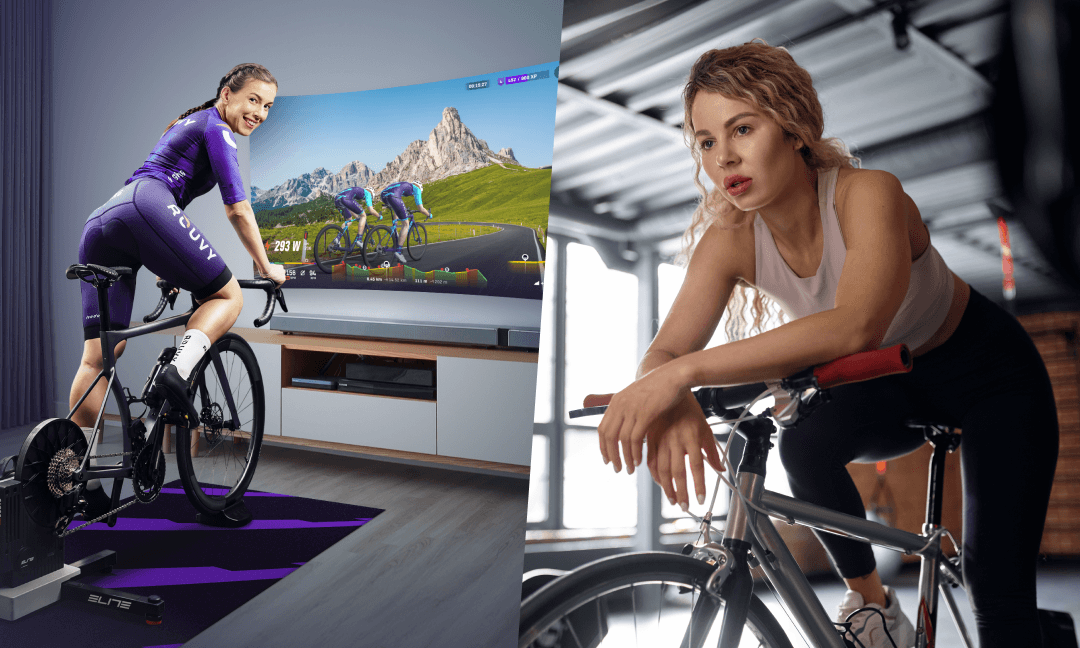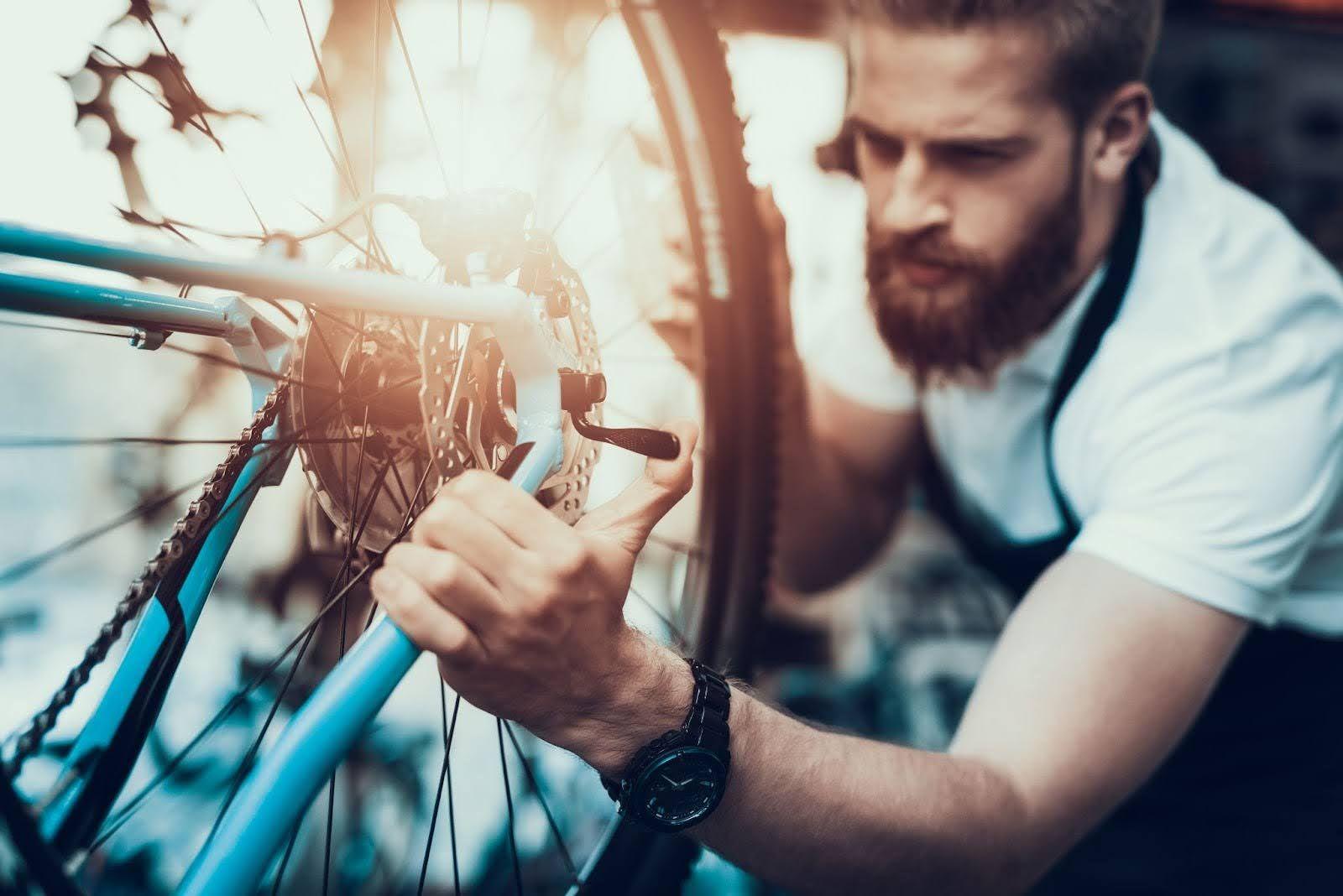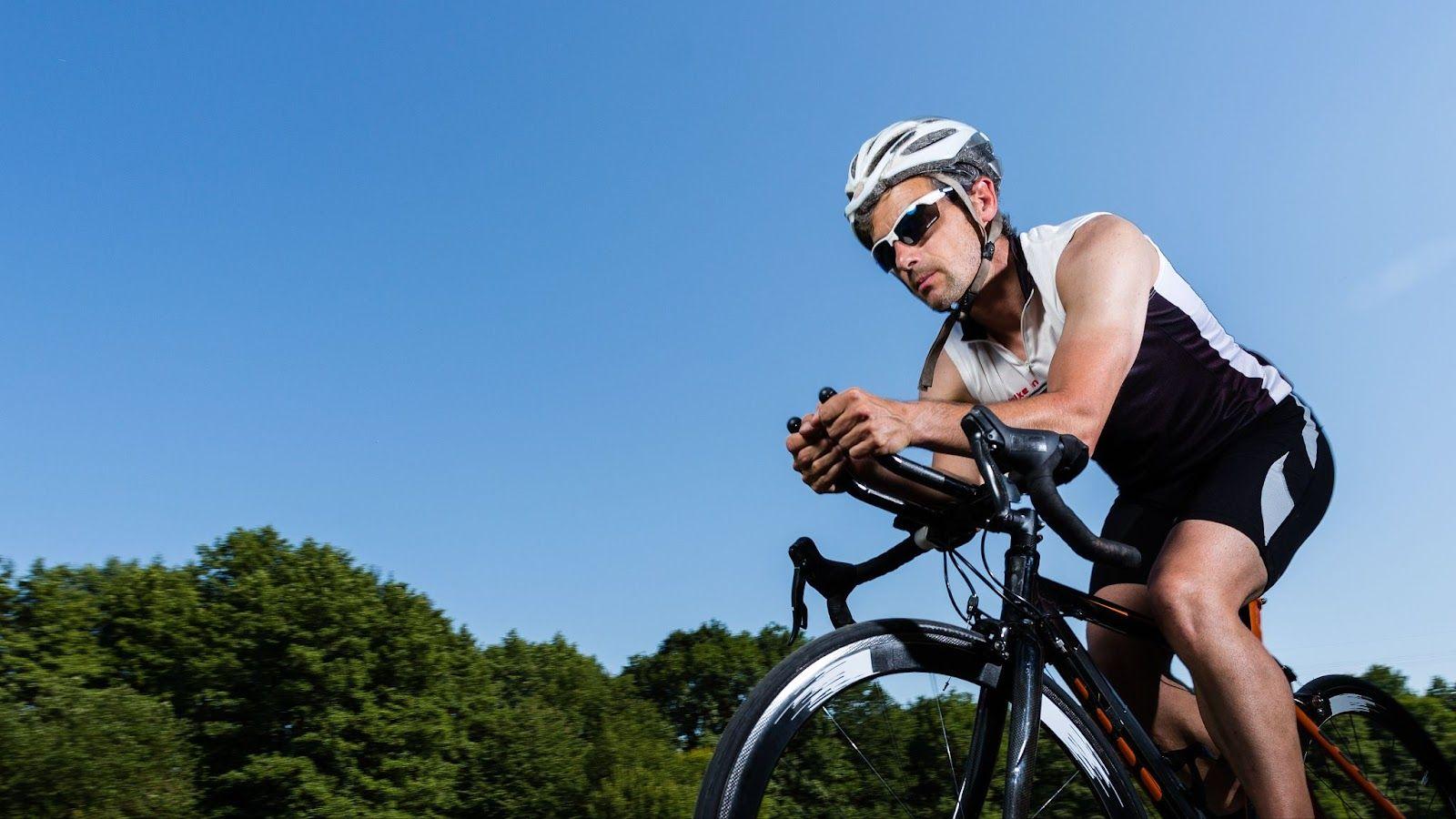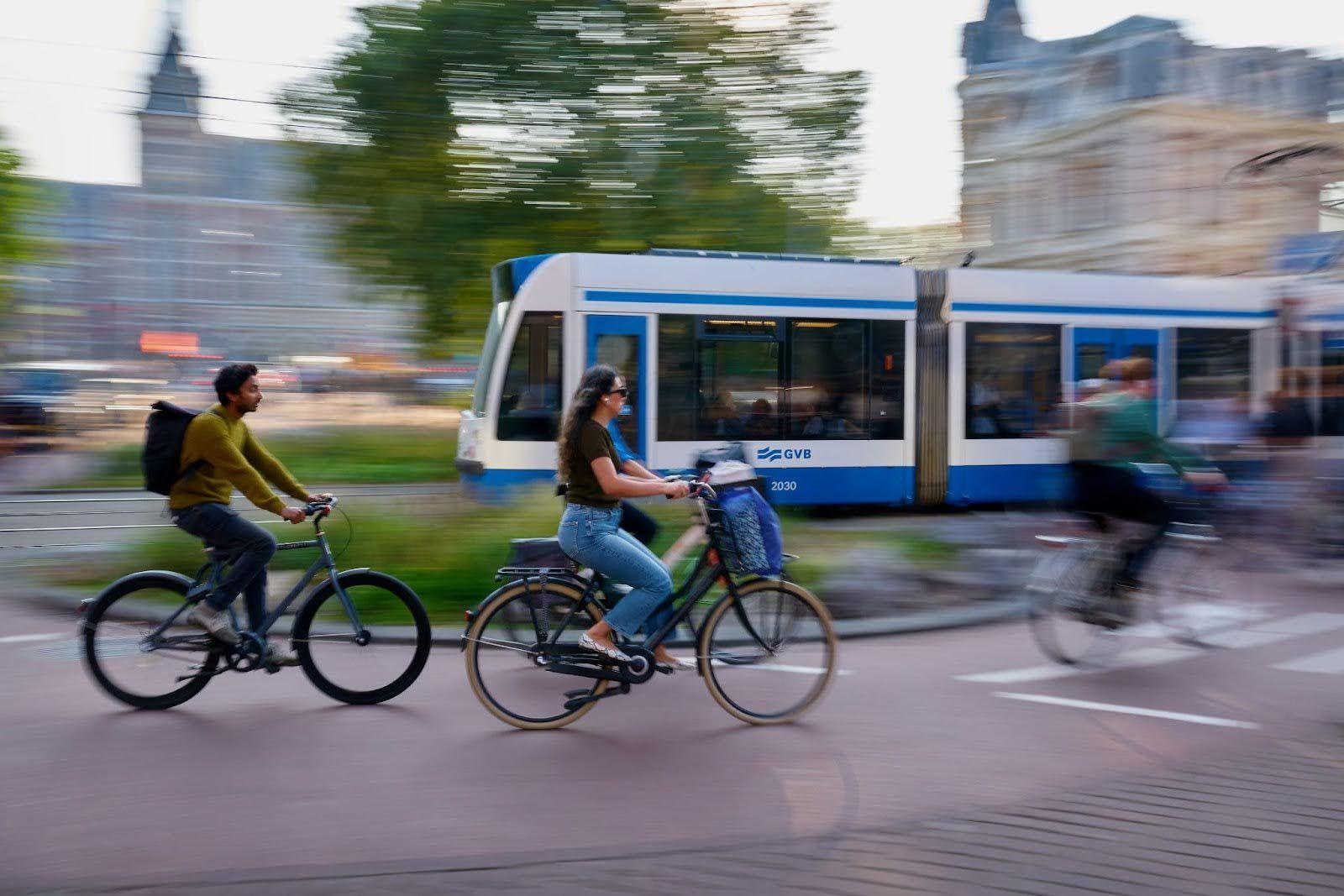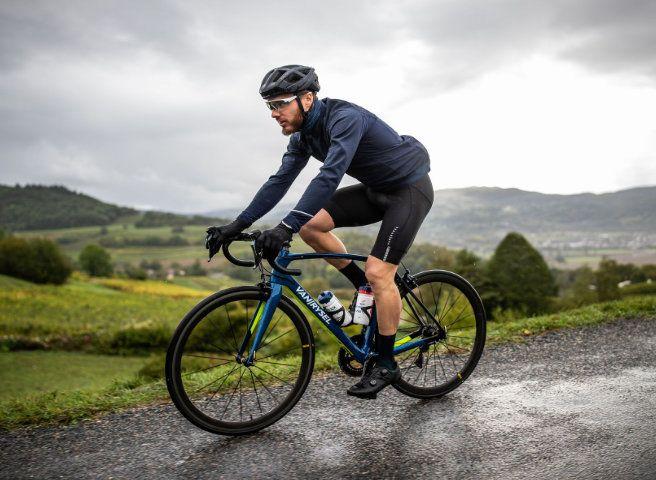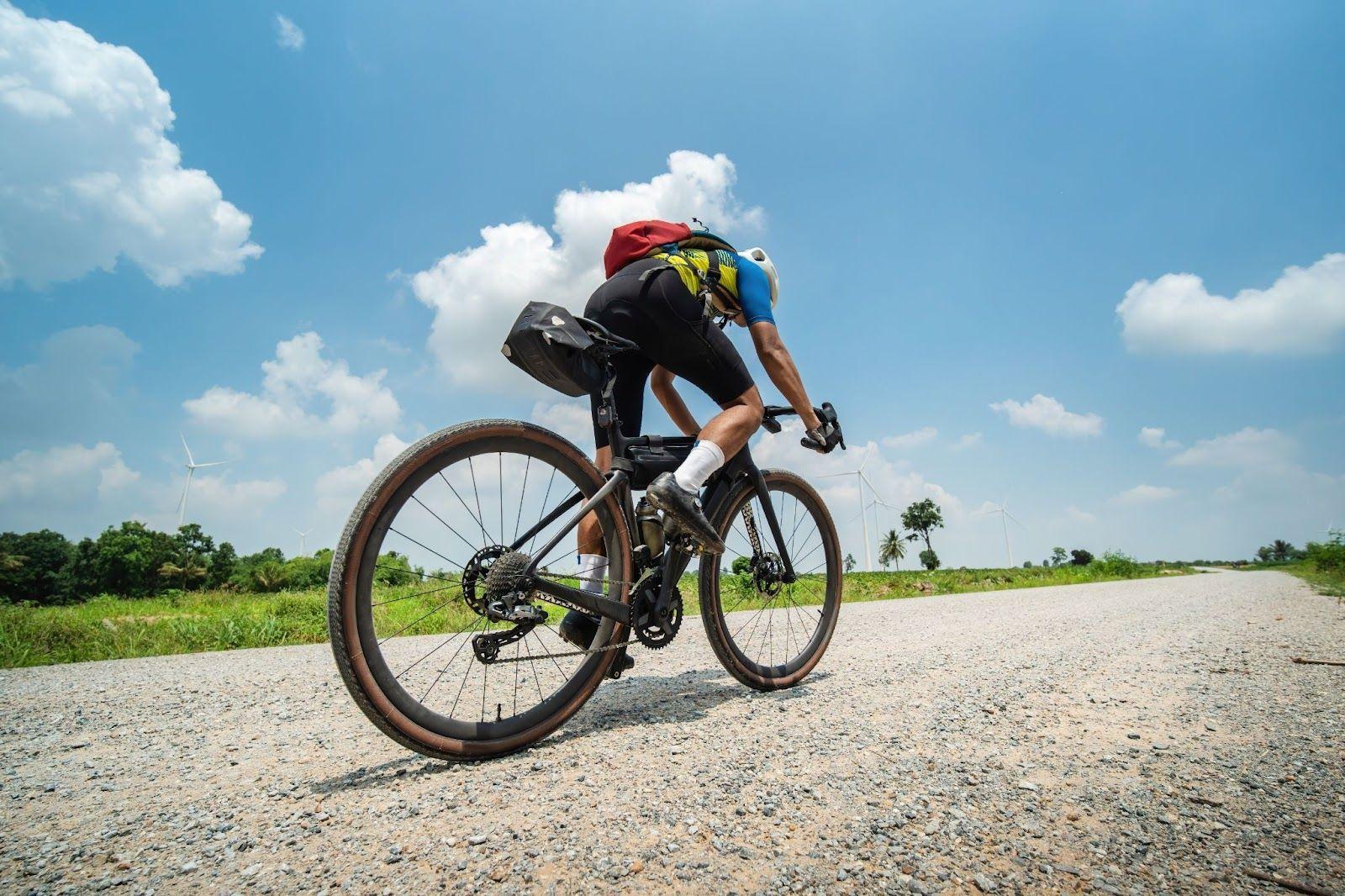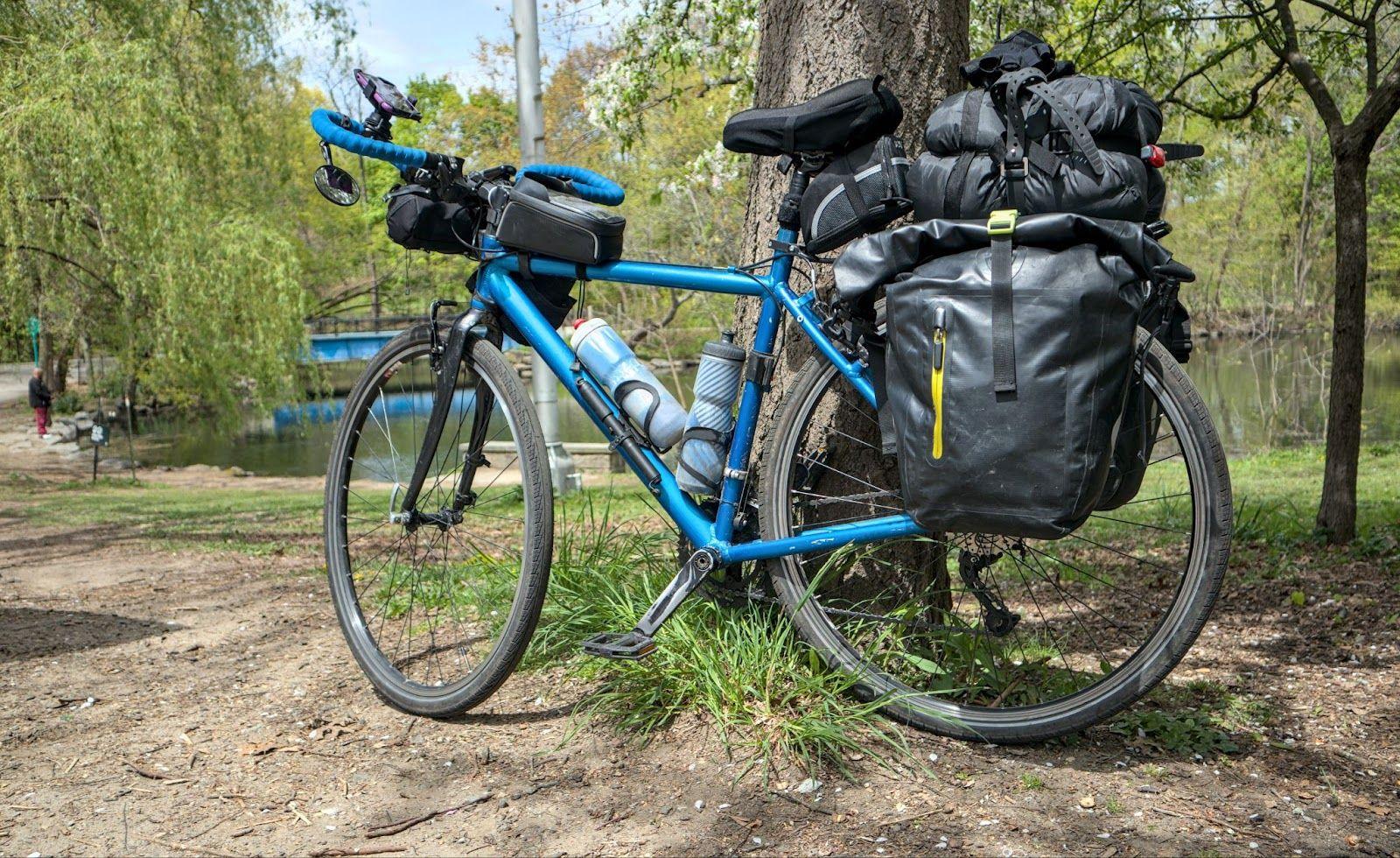However, a bargain price does not always paint the full picture. The bike might hide unseen damage, be damaged in transit, or it could even be stolen property. It is crucial to ensure the bike's frame is without fault to avoid significant safety concerns. That is where knowing what to check when buying a used bike truly matters. Taking extra care when purchasing from sellers is crucial to avoid shady listings and unreliable sellers. When done right, you will steer clear of costly repairs and buy second hand bikes with complete confidence—whether you are new to cycling, upgrading your first bike, or just looking for a reliable daily rider.
It is essential to practice due diligence, like verifying the bike’s history and ensuring it was regularly serviced. I have bought, refurbished, and sold plenty of secondhand bikes over the years. Some deals felt like winning the lottery, while others seemed great but revealed major flaws over time. In this complete guide, I will share the key secondhand bike inspection tips to help you spot hidden problems, confirm the bike’s legitimacy, and find one that fits your riding style. Armed with these steps, you will skip the pitfalls many second hand bicycle buyers encounter and end up with a bike you genuinely love.
Why Buying Secondhand Can Be a Great Option
Many cyclists rave about the second hand bike market for a few main reasons. Cost savings is number one: a once-expensive bike can lose value surprisingly fast, so a decent road or mountain model might sell for half its original price within a couple of years. You also get to keep that old bike out of a landfill, giving it a second life. Many cyclists have picked great deals from the secondhand market.
Another perk is variety. You might come across discontinued frames, unique setups, or classic steel models no longer sold in stores. Some sellers have even upgraded their bike parts—like high-end wheels or drivetrains—before deciding to sell, passing those perks on to you. Of course, you must confirm the bike is safe and not stolen, but once you learn how to buy a secondhand bike, you can stumble onto fantastic bikes at fair prices.
Common Risks of Purchasing Used Bikes
Despite the many upsides, going used carries risks. Hidden damage is a big one. Minor scratches might be harmless, but cracks in the frame, bent fork, or heavily worn components can hide behind blurry online pictures. Neglected brake pads or worn cables can pile on unexpected repair costs. Any fault in the bike's frame can lead to significant safety concerns and potential failures. There is also a possibility the bike could be stolen, especially if it’s listed cheaply by a seller pushing for a fast, no-questions-asked sale.
Another red flag is misrepresentation. A seller might claim “barely ridden,” but in reality, it was raced every weekend. This is why it helps to ask about how many miles it has logged, request maintenance records, or look for signs of heavy wear. By following a structured plan and knowing what to look for when buying a bike, you will minimize the odds of a major headache.
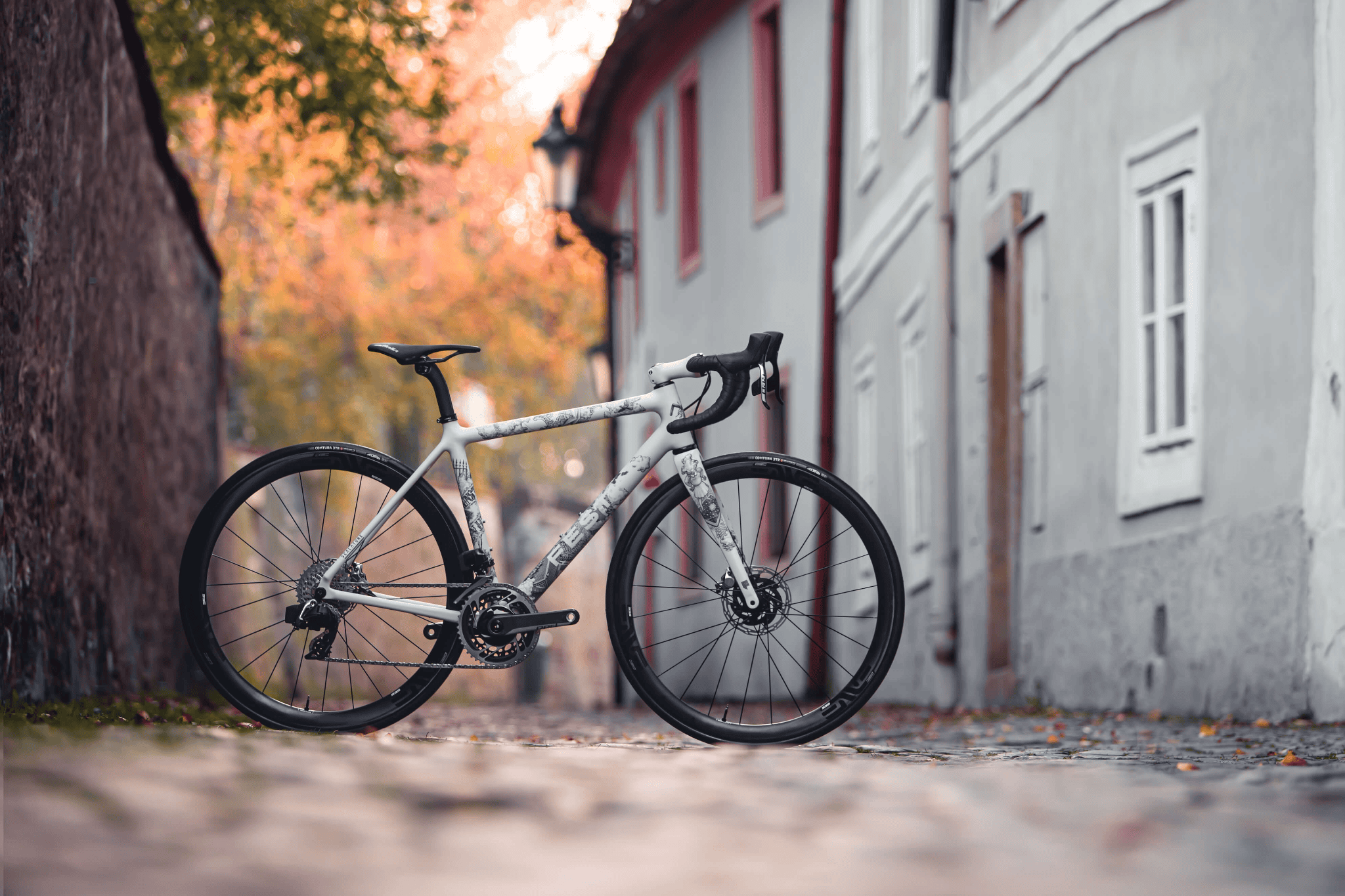
How to Buy a Used Bike: The Checklist That Helps You Make the Right Decision
Think of this as your used bike buying checklist, a step-by-step process:
Identify your riding style and the type of bike you need, then set a budget.
Certain tools and inspection techniques can make the process of assessing potential bikes easier for buyers.
Pick your buying channel—local shops, online marketplaces, or specialized secondhand retailers—and note the pros and cons.
Ask the right questions about crashes, upgrades, or proof of purchase.
Focus on the things to check when buying a used bike: the frame, drivetrain, and wheels.
Verify the serial number (or frame number) to ensure it is not stolen.
Test ride it to confirm fit, comfort, and mechanical soundness.
Negotiate a fair price, finalize the sale with a receipt, and walk away if you spot a serious deal breaker.
Tackle any needed maintenance or adjustments before riding.
Whether you are searching for a commuter, investigating used mountain bike values, or buying a used bicycle guide for a weekend cruiser, these steps will show you how to buy second hand bikes with greater assurance.
Step 1: Define Your Needs Before Buying
When buying a used bike, start with a clear vision of your riding needs. No point in snagging a downhill mountain bike if you mainly travel on paved city streets.
Road Bikes: Great for speed on pavement—perfect for group rides, races, or long tours.
Mountain Bikes: Built for rugged trails with thick tires, suspension, and disc brakes.
Commuter/Hybrid Bikes: Offer a more relaxed posture with potential for racks or fenders—ideal for running errands.
Gravel/Cyclocross Bikes: Similar to road bikes but with clearance for wider tires, handling both pavement and light off-road.
Setting a Budget
Prices might range from under $200 for a basic used hybrid to over $1,000 for a high-end carbon racer. If you are into off-road riding, consult “blue book” references or local ads for used mountain bike values. A suspiciously low price for a known brand can be a red flag of theft or severe damage.
Researching the Market
Browse Craigslist, Facebook Marketplace, or your local bike shop’s trade-ins. You may also come across specialized secondhand sites like The Pro’s Closet, which can offer refurbished bikes with some buyer protections. Keep track of typical prices and condition levels, so you will know a real deal when you see it—or sense trouble if the listing looks too good to be true. The internet is a crucial platform for researching and purchasing used bikes, providing numerous listings and helping to check seller credibility.
Step 2: Where to Buy a Secondhand Bike
Local Bike Shops vs. Online Marketplaces
Shops might give you a partial warranty or at least a mechanic’s inspection, which can be reassuring. The downside is limited selection and slightly higher prices. Online, you will find a vast range but need to be more cautious, often meeting private sellers and checking everything yourself.
Certified Secondhand Retailers vs. Private Sellers
Some companies specialize in used or refurbished bikes, grading their condition and sometimes offering returns. You’ll typically pay more for this security. Private sellers can be cheaper, but it’s on you to spot any issues. This is where your knowledge from a used bike guide makes all the difference.
Red Flags in Listings
Vague descriptions, poor photos, or a seller dodging basic questions can be major warning signs. Listings that do not mention the condition of the frame might be hiding a fault. If they refuse to let you see the bike in daylight or insist on meeting somewhere odd, trust your gut and walk away.
Step 3: Questions to Ask the Seller Before Meeting
Why are you selling the bike? Maybe they upgraded, or it just was not their style. If they cannot give a straight answer, be cautious.
Has it ever been crashed or significantly upgraded? A careful owner usually knows the bike’s history, from down tube damage to replaced parts.
Do you have receipts or proof of purchase? Documentation helps confirm legal ownership.
How many miles or hours of riding has the bike seen? This can hint at overall wear on the drivetrain and brakes.
If the seller is evasive or contradictory, it might be better to pass. There are plenty of other bikes out there.
Step 4: The Ultimate Secondhand Bike Inspection Checklist
Here are the things to check when buying a used bike in person:
Frame & Fork Condition
Look for dents, cracks, or rust on the frame—especially around welds, the bottom bracket, and the head tube area. On carbon models, gently feel for soft spots or odd bulges. Inspect the down tube and seat stays. A bent fork or suspicious paint cracks could mean a past crash, which might be a deal breaker.
Wheels & Tires
Spin each wheel to see if it wobbles. A small side-to-side motion can be trued, but a big warp could require a new rim. Check the tire tread for cracks or thinning. If rim brakes are present, examine the rim braking surface for heavy wear. If it has disc brakes, glance at the rotors for rust or scoring.
Drivetrain & Components
Shift through all the gears (or at least turn the pedals if a test ride is not possible) to see if shifting feels smooth. Worn teeth on the chainrings—often called “shark fins”—mean they might need replacing soon. A creaky crank often indicates an issue with the bottom bracket. Additionally, check the cassette for wear, as it can indicate the need for replacement and help gauge the overall condition of the bike.
Brakes & Cables
For rim brakes, inspect the brake pads and confirm they clamp the rim evenly. For discs, check that the rotors spin without constant rubbing. Squishy levers might indicate old fluid or stretched cables. Faulty brakes could be a safety hazard.
Suspension (For MTB & Some Gravel Bikes)
Push down on the front and rear suspension to ensure it compresses smoothly. Oil leaks or knocking sounds usually point to expensive repairs.
Steering & Handlebars
Hold the front brake and rock the bike back and forth. If you hear a clunk, the headset might be loose. The handlebar should align with the front wheel easily.
Saddle, Seatpost & Accessories
See if the seatpost is adjustable—if it is seized up, that can be tough to fix. Check the saddle for large rips or damage. Extras like racks or fenders can be nice perks if they are in good shape. Ensure the rider can slide off the front of the saddle when assessing the seatpost height and standover clearance.
Step 5: How to Verify if the Bike Is Stolen
Check the Bike’s Serial Number
Most often located under the bottom bracket or on the chainstays (sometimes called the frame number). A genuine seller will share it. Websites like BikeIndex allow you to look up stolen registrations.
Common Signs of a Stolen Bike
Alarmingly low price, zero details on maintenance history, or the serial number being scratched off. Sellers who get pushy about a quick sale might be offloading hot goods.
Online Resources
You can search local Facebook groups or community forums dedicated to stolen bikes. If the bike lacks a serial numberor it’s been tampered with, consider it an immediate red flag—walk away.

Step 6: The Test Ride – What to Look For
A short ride can reveal issues that pictures and stationary checks will not.
Adjust the seat for comfort and pedal around a safe space.
Shift through all gears under moderate load, braking hard to test stopping power.
Listen for creaking noises around the pedals or brackets, which could indicate deeper problems.
Pay attention to handling—if it pulls to one side, the frame or fork could be bent.
If you notice anything truly off and the seller cannot explain, do not ignore it. Trust your instincts—serious structural issues or poor ride quality can end up costing more than the bike is worth.
Step 7: Negotiation & Finalizing the Purchase
When you are satisfied with the bike, it is time to talk numbers. Factor in any immediate repairs like new tires or cables.
Determining Market Value
Compare listings of the same make and model, factoring in condition. Keep in mind used add-ons might or might not boost the bike’s value.
The Importance of a Written Receipt
Always get a simple receipt with the date, sale price, bike brand, and serial number. It protects both parties if future questions arise. Take extra care when finalizing the purchase to ensure all details are correct.
Step 8: After Purchase – First Things to Do
Essential Maintenance
Give the bike a thorough cleaning, oil the chain, and inflate the tires to the right pressure. If the bike sat around unused, check the cables and brake alignment before hitting the road.
Professional Tune-Up
If you heard any strange creaks or are not 100% confident you caught every issue, take it to a mechanic for a checkup. A proper tune-up ensures everything is secure and functioning well so you can ride safely.
Conclusion
Learning how to buy bike secondhand is not just about scoring a deal—it is about ensuring the bike is safe, not stolen, and actually suits your needs. By following this buying a used bicycle guide and methodically going through each step in this checklist, you will drastically lower the risk of hidden surprises and boost your chances of finding a bike that genuinely brings you joy.
Sometimes you might spot minor wear or cosmetic dings that do not matter at all. Other times you might uncover structural cracks in the down tube or other serious signs of damage—definite grounds for walking away. The key is knowing how to spot red flags, do a proper secondhand bike inspection, and skip a potential money pit. If you see anything suspicious, remember there will always be another listing out there.
When you finally find “the one,” it is a huge thrill. You get the freedom and excitement of cycling without breaking the bank. Use these tips, trust your judgment, and soon you will be riding off on your next great two-wheeled adventure.

